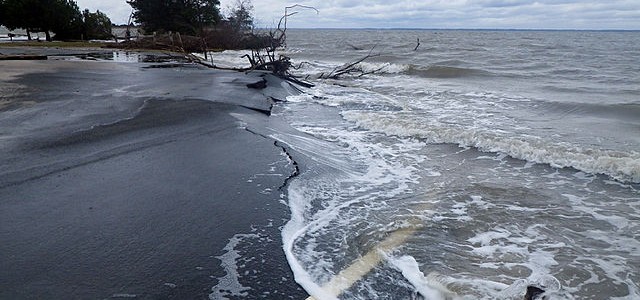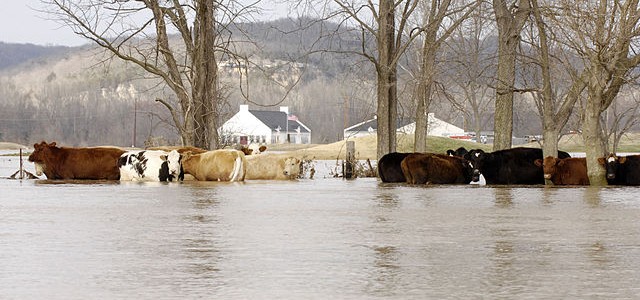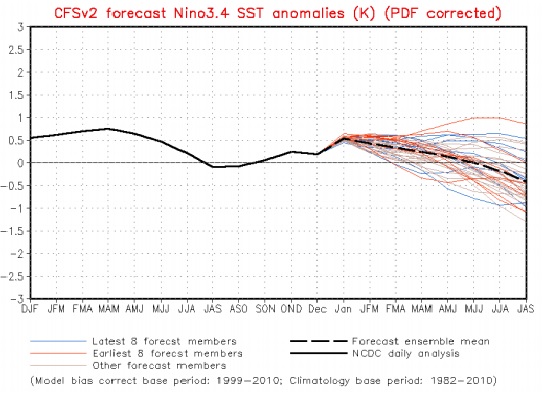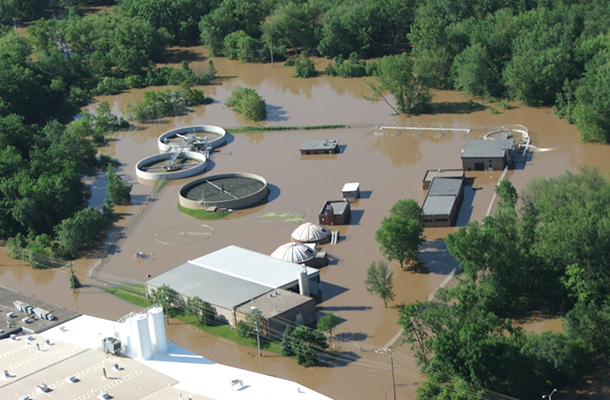Climate and Ag in the news
-

NOAA and NASA jointly released their global climate summaries for 2019 today at the American Meteorological Society meeting I am attending in Boston this week. Both agencies agreed that 2019 was the second warmest year for the globe since records began in 1880, after 2016, although they used slightly different methods to get their estimates.…
-

The year 2019 was remarkable in a number of ways climatologically. One way is the number of billion-dollar weather disasters that occurred. There were 14 different disasters that racked up such high dollar totals, including 3 flooding events, 8 severe storm events, 2 tropical cyclone events, and 1 wildfire event. Nearly half of the loss…
Posted in: Climate and Ag in the news -

Cities borrow money by selling municipal bonds. A story this week in the Post and Courier in Charleston SC notes that finance companies are now starting to ask coastal cities are planning for climate change. The interest rates at which they can borrow money are starting to be affected these plans. The same thing is…
-

Yesterday NOAA reported that Georgia had its warmest year on record since statewide observations began in 1895. But what does that really mean? How does it affect our health, ecosystems and industry? You can read more about it from UGA’s Dr. Marshall Shepherd in Forbes.com here.
Posted in: Climate and Ag in the news -

Southeast AgNet posted a story earlier this week about the problems that flooding rains are causing for livestock producers in Alabama. You can learn more about how it is affecting hay and pastures as well as livestock health at https://southeastagnet.com/2020/01/04/heavy-rains-flooding-affecting-livestock/.
-

The latest weekly ENSO outlook was released by NOAA’s Climate Prediction Center today and show that while the sea surface temperatures in the eastern Pacific Ocean are quite warm at the moment, neutral ENSO conditions are expected to continue through Northern Hemisphere winter (70% chance) and spring (65% chance). In neutral conditions there is no…
-

As the climate gets warmer, floods become more frequent (and droughts too), and sea level also floods more land near the coast. Architect magazine posted an interesting story recently about how professional architects and city planners are looking at trends in flooding to plan future developments and plan for replacing current infrastructure like culverts. You…
Posted in: Climate and Ag in the news